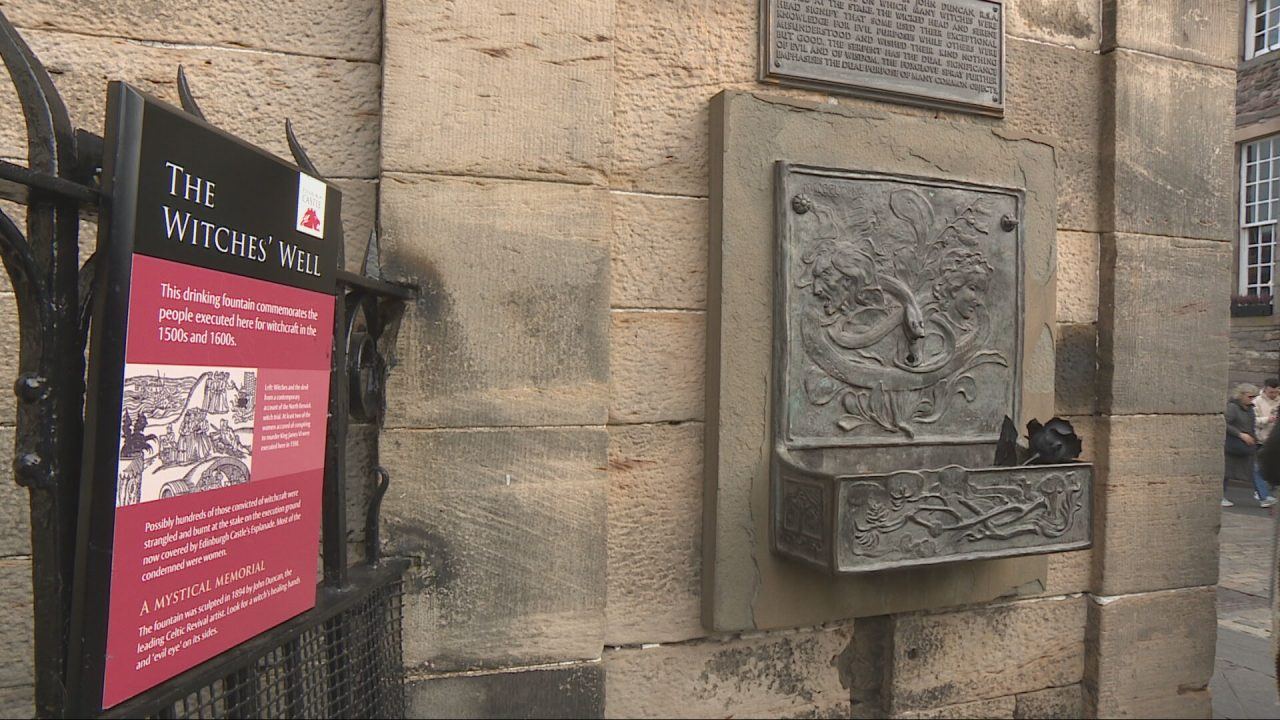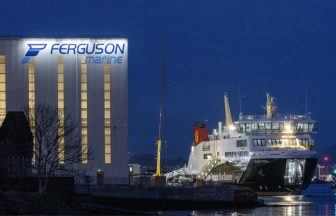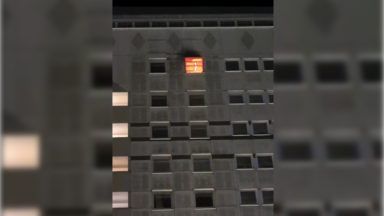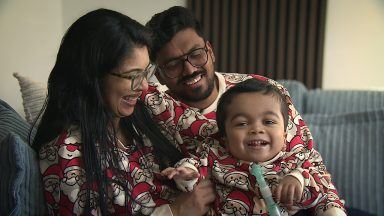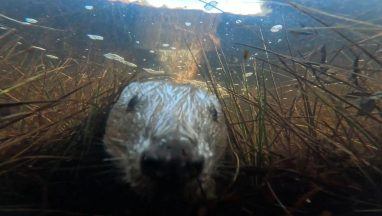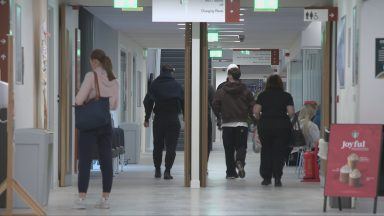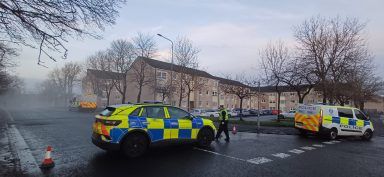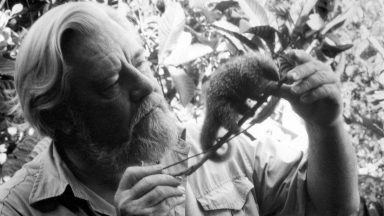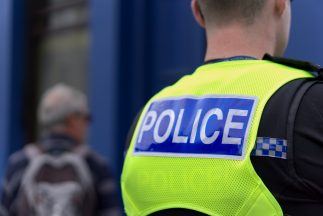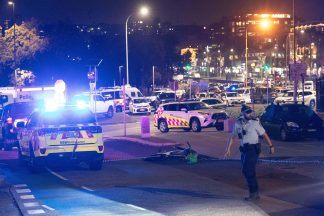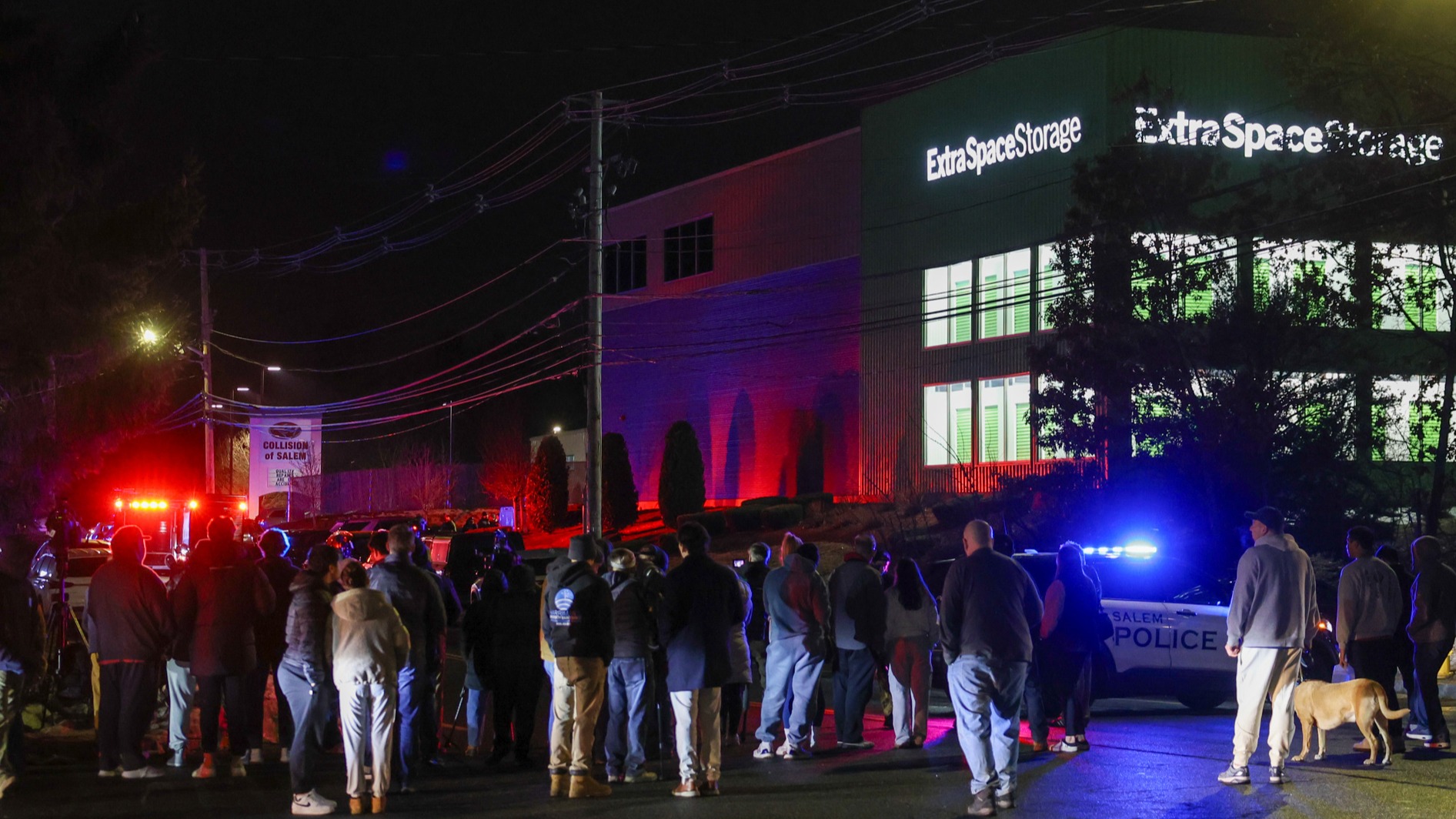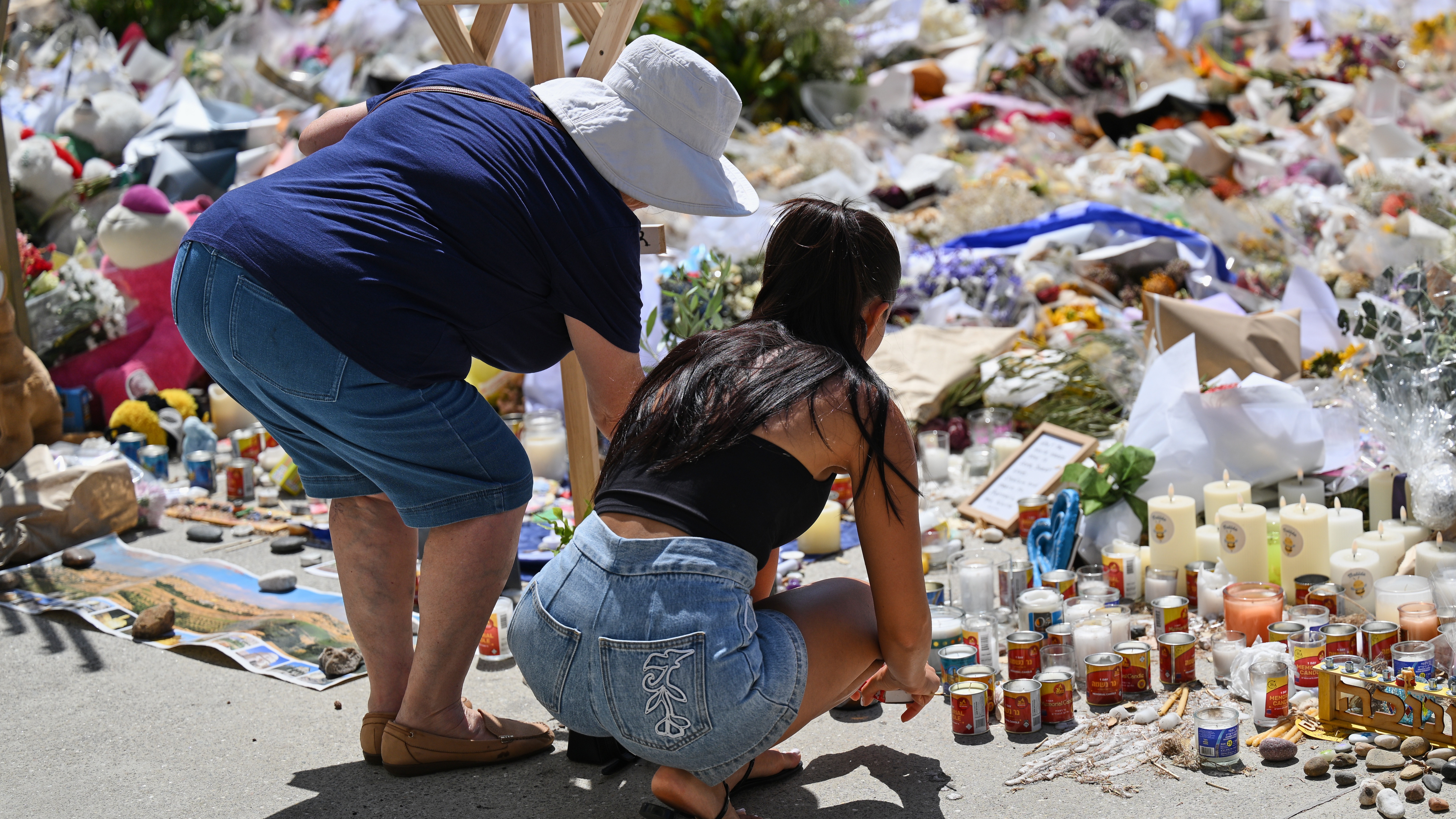Edinburgh’s Royal Mile is steeped in history, and at this time of year, hundreds visit the city to explore its darker past.
But one story that has piqued a particular interest in recent years is that of the witch trials. In the 16th and 17th centuries, around 2,500 people were executed for witchcraft in Scotland.
I joined Mercat tour guide Stephanie Hume to find out why this chilling chapter of history still fascinates people from around the world.
She led me through traces of Edinburgh’s witch trials still visible today, ending at the Castle Esplanade – once the site where countless accused witches were burnt at the stake.
Stephanie told me: “Up on Castle Hill, there isn’t really any memorial or monument of the witches burnt here, but we do have the witches’ well. It is a small marker in a step of remembering those who, unfortunately, died in the witch trials.”
Since the witch tours launched in 2023, demand has been so high that extra time slots have been added, and there are more in the pipeline.
Steph says she wants to shine a light on the past as interest in the city’s haunting history continues to grow.
“I think over the years there has been an increase in awareness of the witch trials, especially in Scotland,” Steph said.
“In the 80s, there was a piece of academic literature that was published by Christina Larner called Enemies of God – that was the first of its kind, and from there it has just grown.
“Even today in popular culture, with the release of Wicked, people are talking about it. People are looking at it in that popular culture lens, but then they are also looking to educate themselves.”
As interest in the history of Scotland’s witch trials grows, an interactive map is helping to shed light on the past.
Based on the Scottish Witchcraft Survey, the map reveals where those accused of witchcraft once lived.
Professor Julian Goodare, who has studied the subject for three decades, is one of the researchers behind the project.
He said: “What we’ve got most of is the orders to hold a trial, and that’s why we could do the survey of Scottish witchcraft in the first place, because most of those do survive, and so we’ve got names, we’ve got places, we’ve got dates.
“Most of the time we don’t know what happened to these people, but you occasionally get the accounts for what it costs to burn someone. I should add that they usually strangle them at the stake first, you know, as far as we can tell, burnings alive are very rare.
“They wanted to burn them and not just hang them because that’s the convention for witches, I think they want to sort of purify the land.”
Follow STV News on WhatsApp
Scan the QR code on your mobile device for all the latest news from around the country


